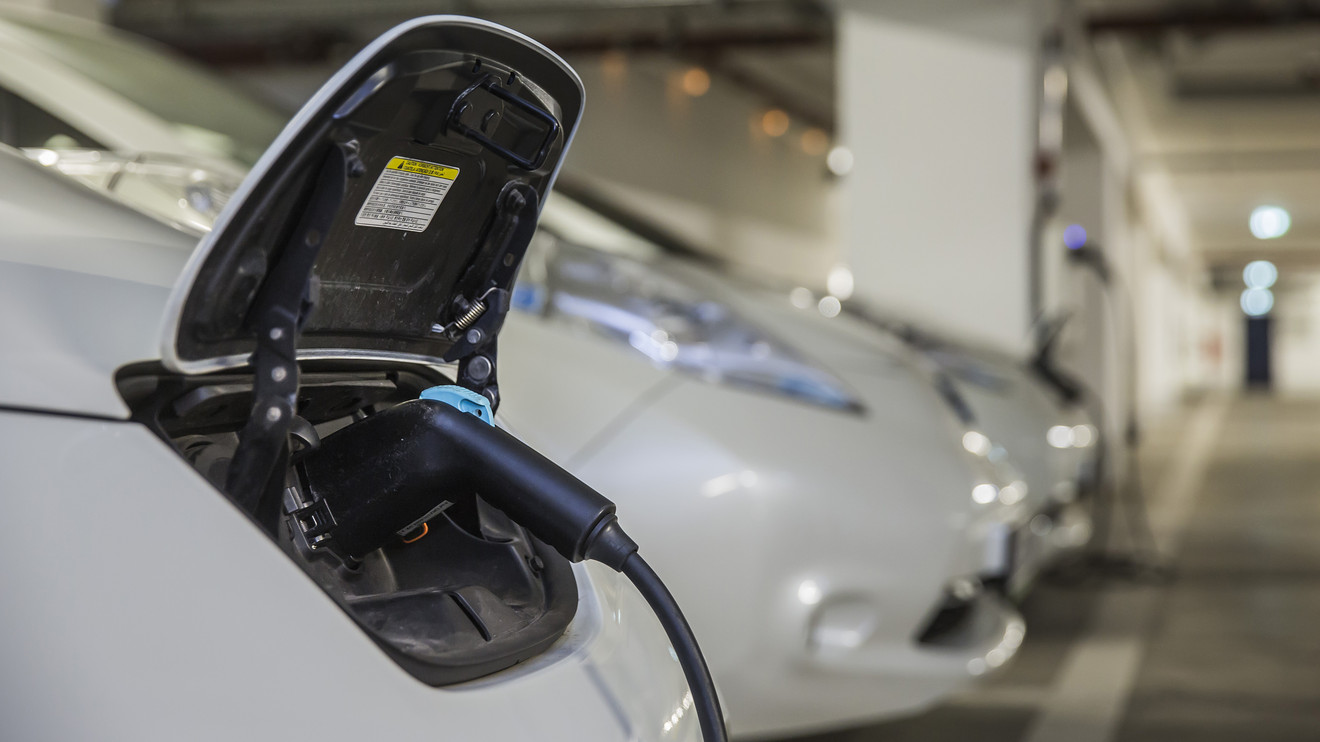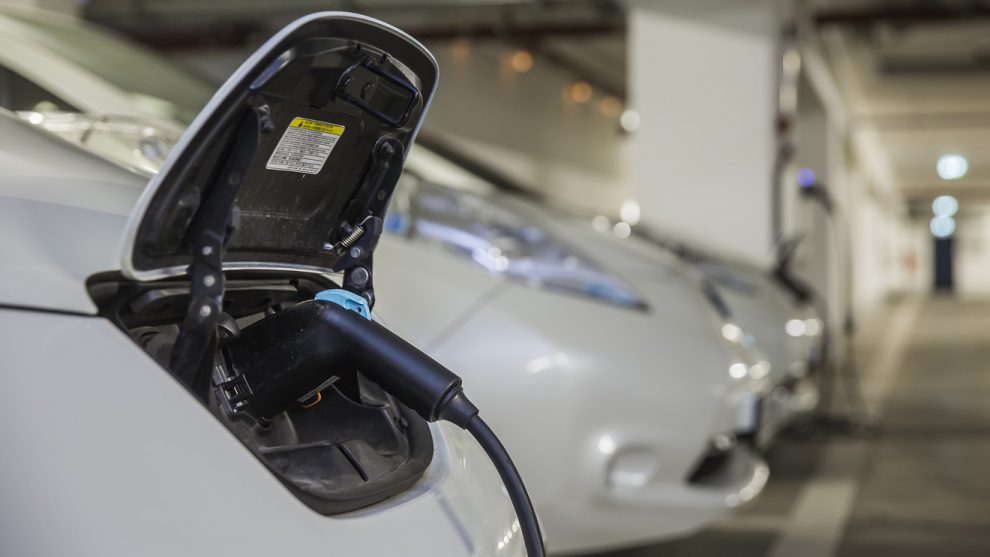
Evidence of the increasing effects of climate change is building, as are the investing opportunities and changes in consumer habits linked to environmental concerns and resource use. Here are select dispatches about the companies responding to customer demands and climate risk, the ESG investors and their advisers, and the enterprising individuals and scientists preparing for tomorrow.
Charging stations vulnerable to cyberattacks, say researchers. Proponents argue that electric cars are an essential component of a lower-carbon future. But they aren’t without a set of unique risks. An experiment and report from researchers at the New York University Tandon School of Engineering raises the specter that plug-in electric vehicles — and the charging stations that supply them — could be prime vectors for cyberattacks on urban power grids.
“This simulation is a wake-up call to the public and policymakers, and an encouragement to take steps to protect the data generated between electric cars and charging stations — most of which could be co-opted by a hacker with college-level skills,” the researchers said of their own test of station vulnerability. “Electric vehicle charging stations represent a link between plug-in electric vehicles and the power grid — a high-wattage access point that hackers can potentially exploit to manipulate the grid.”
Each vehicle that uses a public charging station generates data on its location and charging time, along with information on the average hourly power draw at each station. Information on the power usage is critical for a malicious actor who wishes to manipulate demand at a particular charging station. In 2015, a sophisticated cyberattack crippled a power grid in the Ukraine, and this year, a small-scale attack in the western United States became the first reported successful incursion on a domestic power grid.
Press release: Electronic Car market is expected to see growth rate of 21.1% – Tesla, BYD, BMW, Volkswagen
It’s raining plastic. At least that’s what a survey of rainfall in Denver and Boulder, Colo., concluded recently. It’s unclear where the microplastic particles are coming from and what long-run health concerns are, but plastic contamination has been a growing problem, and not just in Colorado. The study, reported by CNN, was put together by scientists at the Department of the Interior and the U.S. Geological Survey. An earlier study found that people are swallowing an average of 5 grams of plastic every week, about the weight of a credit card.
California emissions cut hits goal (sooner than expected, in fact). California’s economy grew 3.6% (better by 1.4% than the U.S. GDP) in 2017, while its green-house gas emissions fell below the state’s 2020 target that year — three years early. That included a 9% reduction in the power sector alone, sustainability nonprofit Ceres noted, citing the state’s updated figures. Governor Gavin Newsom, a Democrat, said the state is making a point even as federal climate protections are lightened under the Trump White House, in part, the president has said, because other big nations aren’t pulling their weight. “California is proving that smart climate policies are good for our economy and good for the planet,” said Newsom earlier this week. “As the Trump Administration attempts to obliterate national climate protections, California will continue advancing the cause of American climate leadership.”
The early goal “gives us a running start at our even more ambitious 2030 target, too,” added California Air Resources Board Chair Mary Nichols.
Read: Coalition of 22 states sue Trump administration over new coal rules
And: Green investing is how to get ‘filthy f**king rich,’ according to Bill Nye the Science Guy











Add Comment